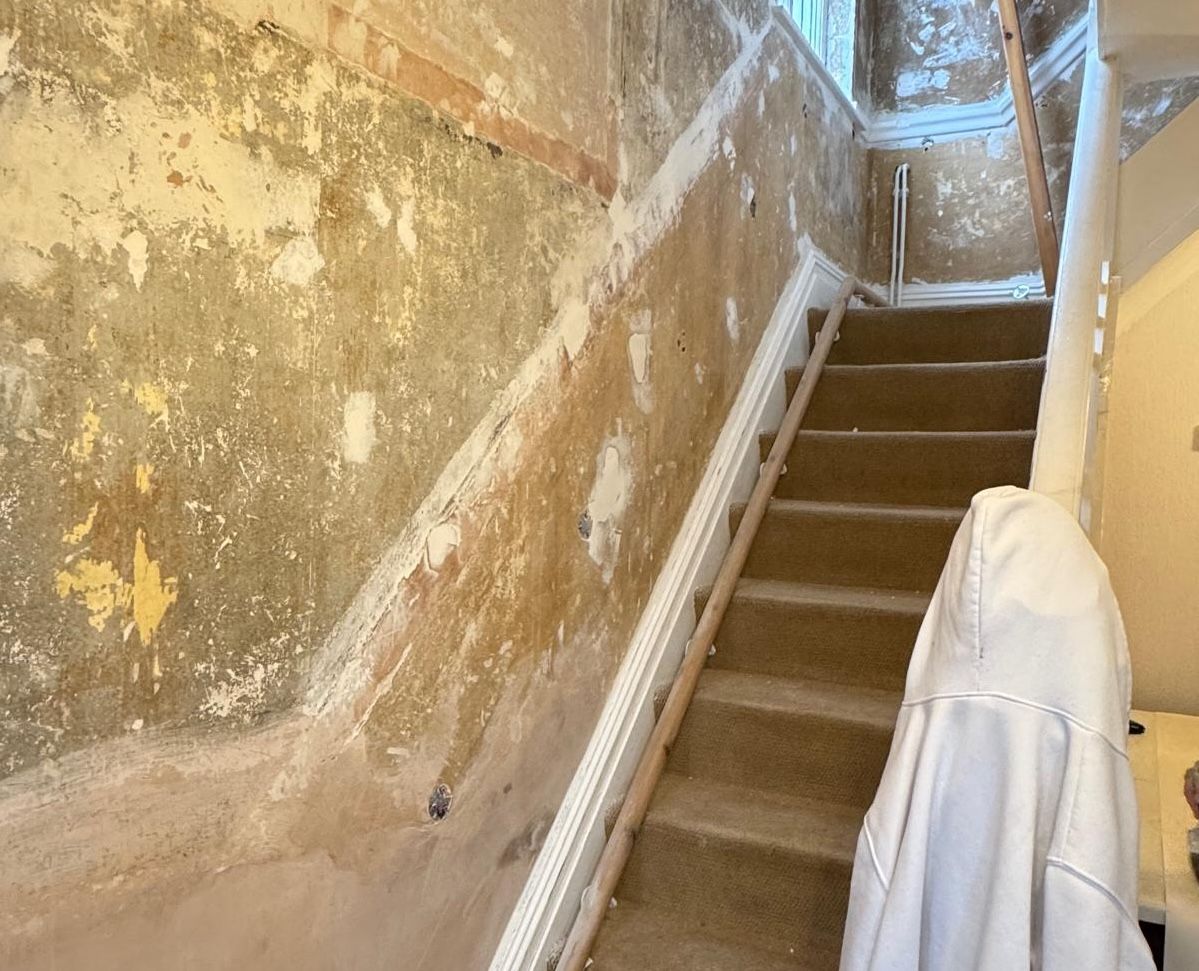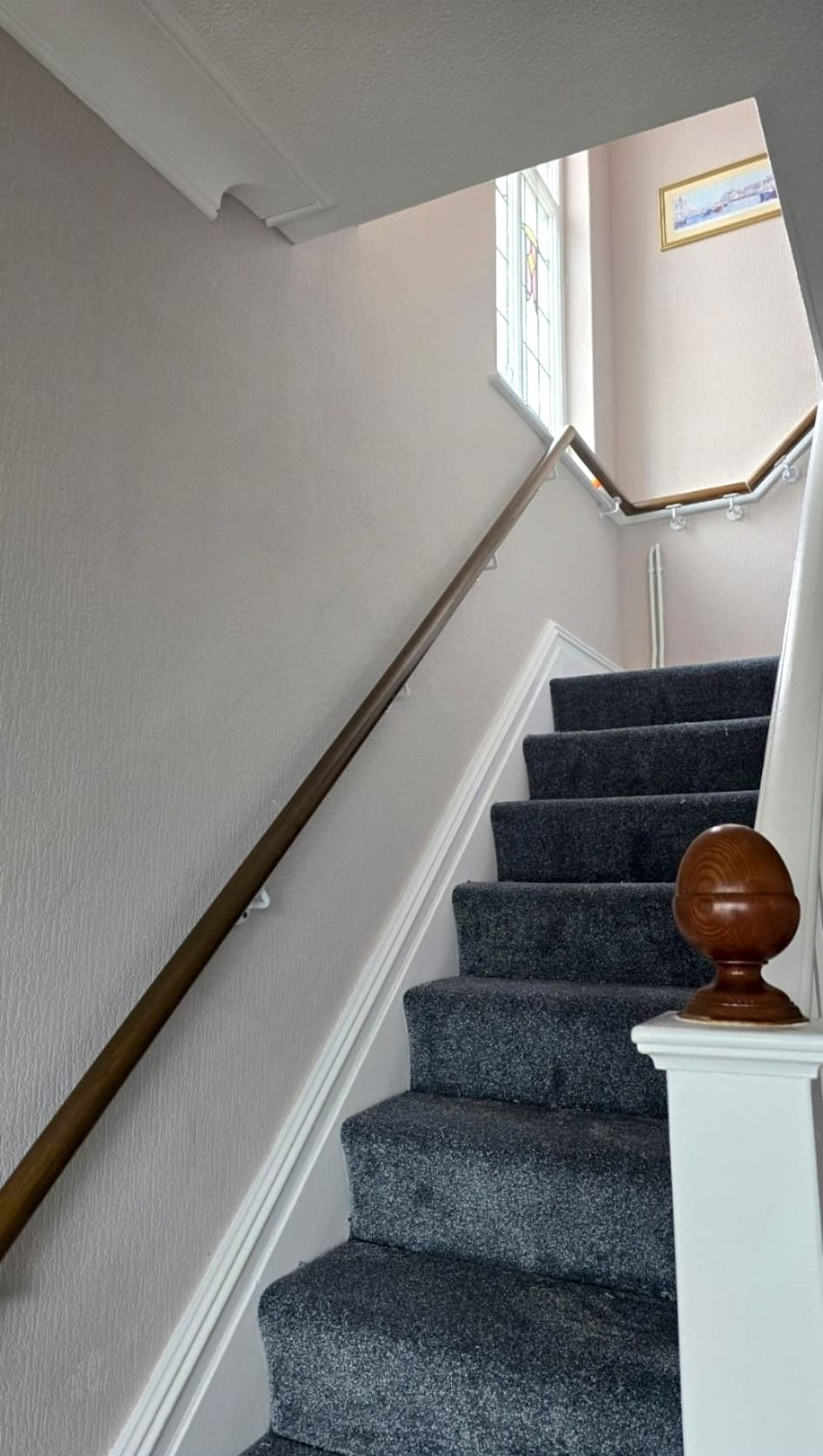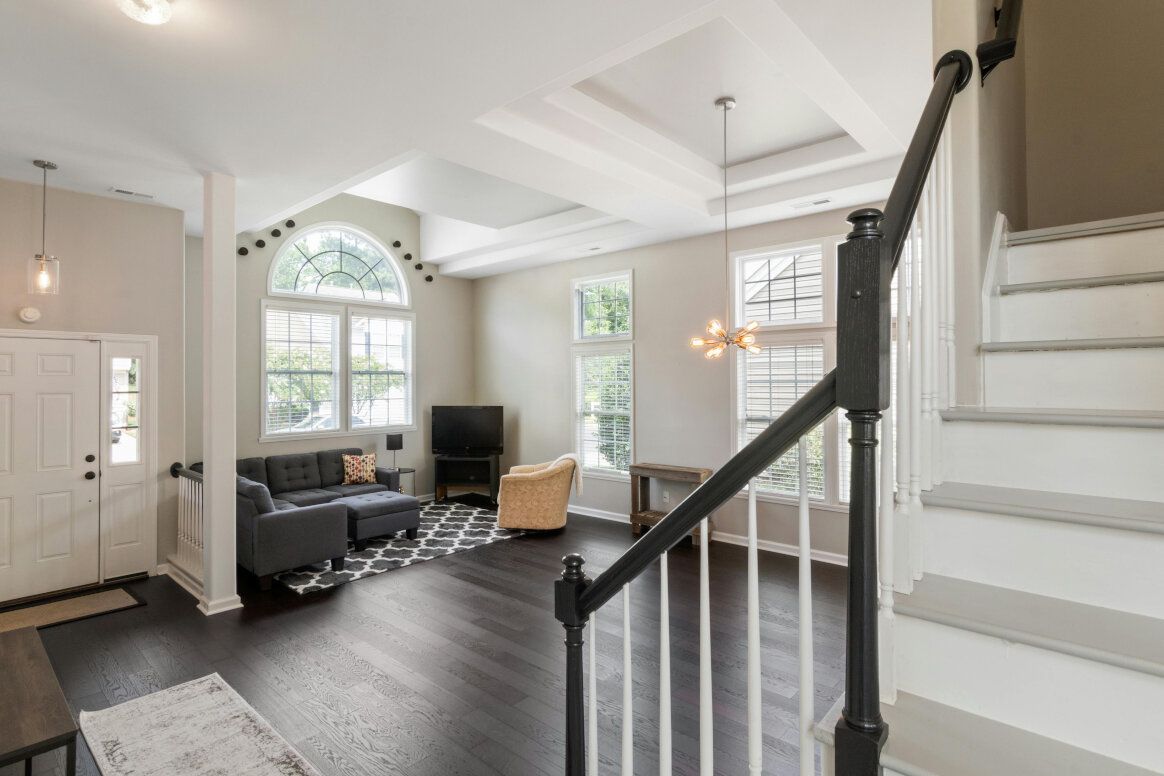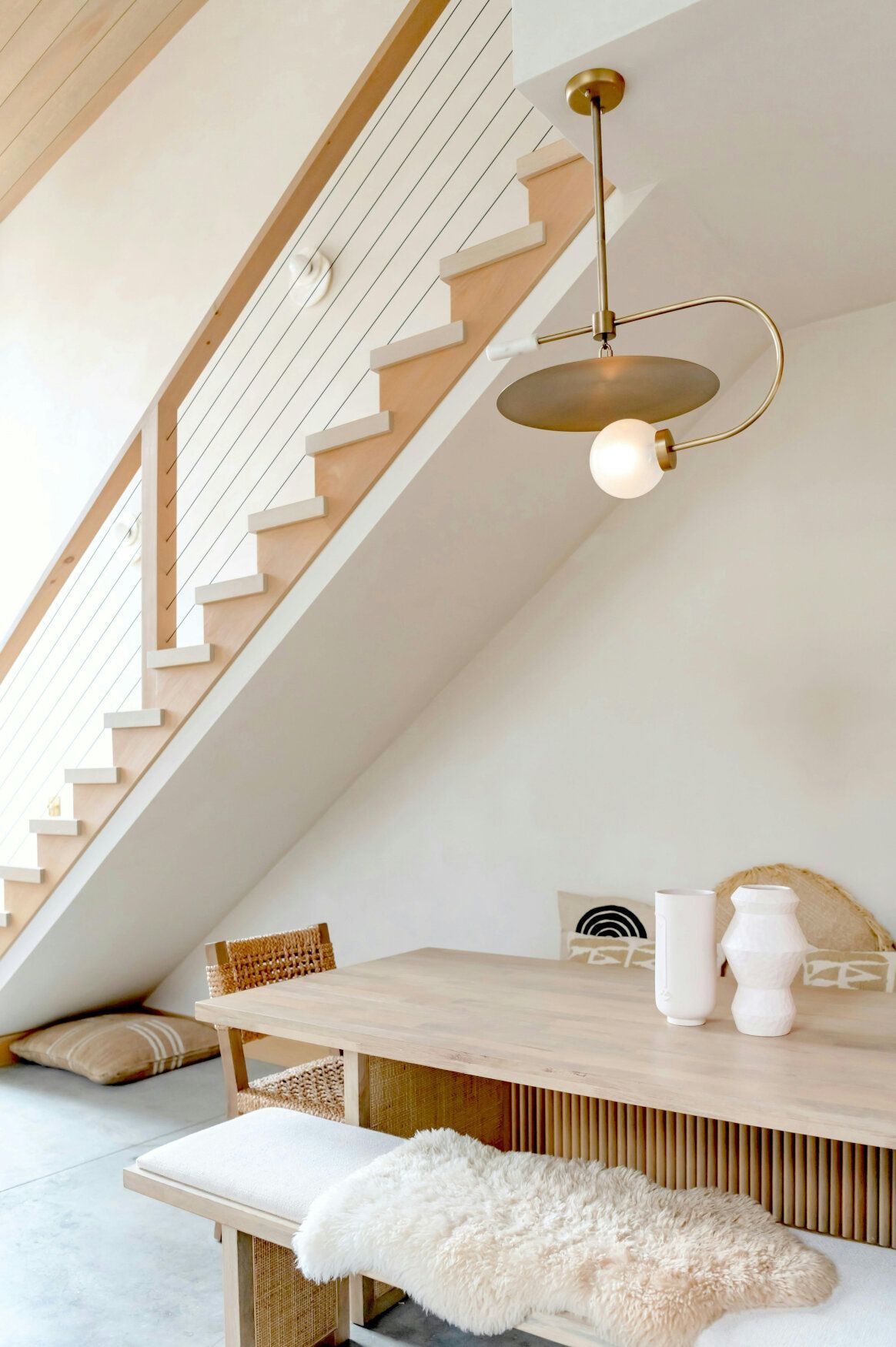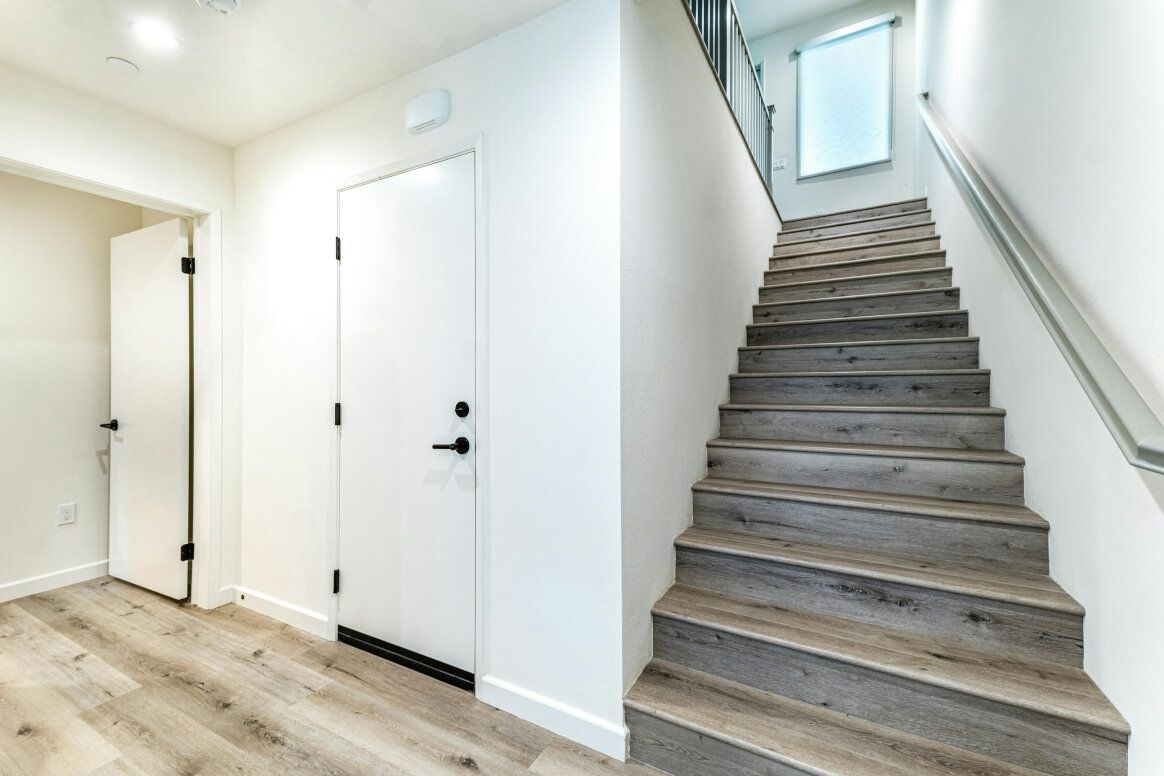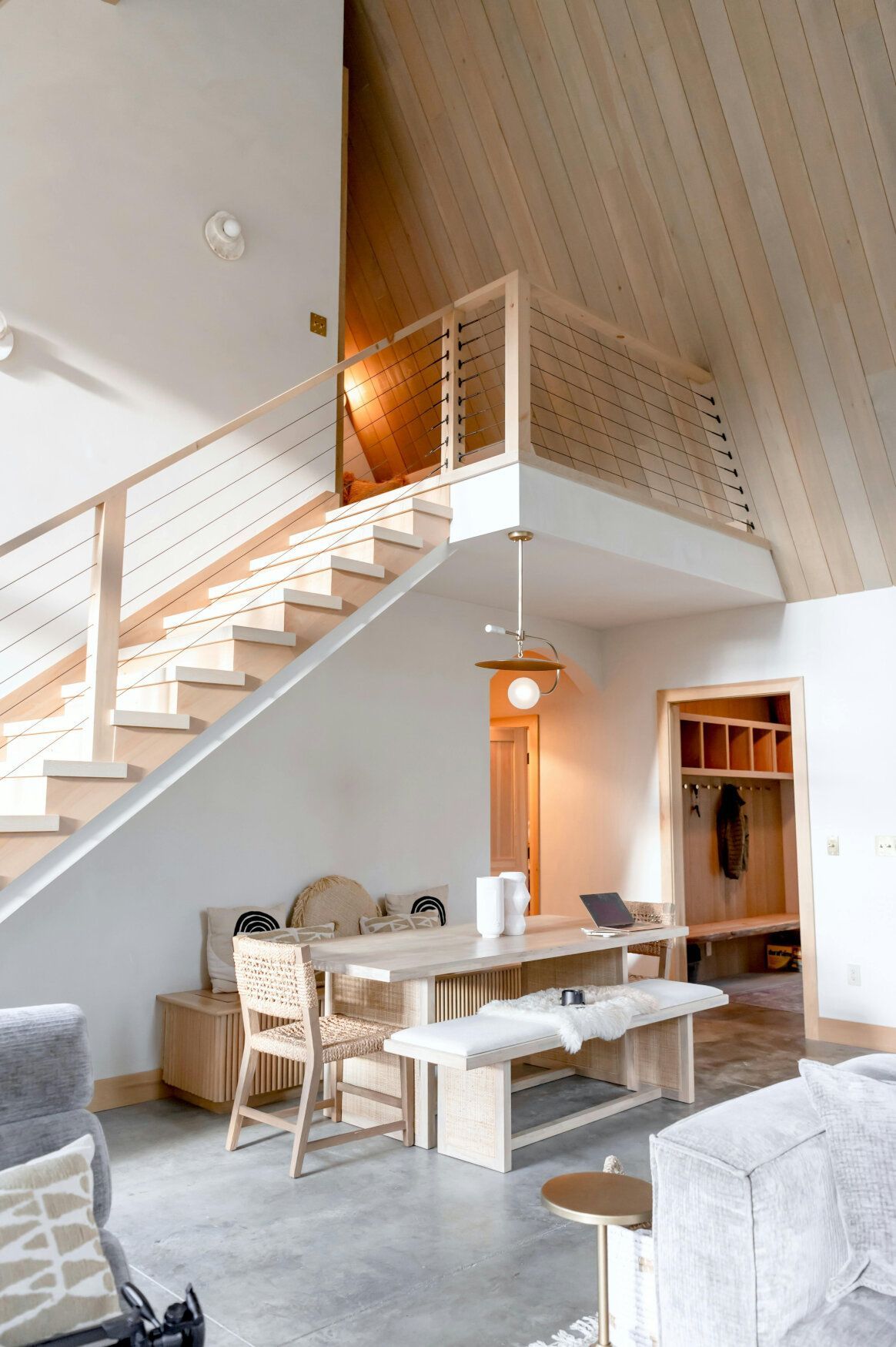Staircase Painting in Swansea
Daffodil Decor offers professional staircase painting in Swansea for wooden stairs. We've been painting staircases for local homes for over 15 years.
We paint all parts of your staircase—treads, risers, strings, bannisters, spindles, handrails, and newel posts. We can use paint or varnish, depending on what suits your home best.
Every job comes with free colour advice. We work cleanly and you'll get honest guidance on finishes that last.
Ready to refresh your staircase?
Call 01792949708 for a free quote.
Prefer we get back to you?
Fill in our easy contact form:
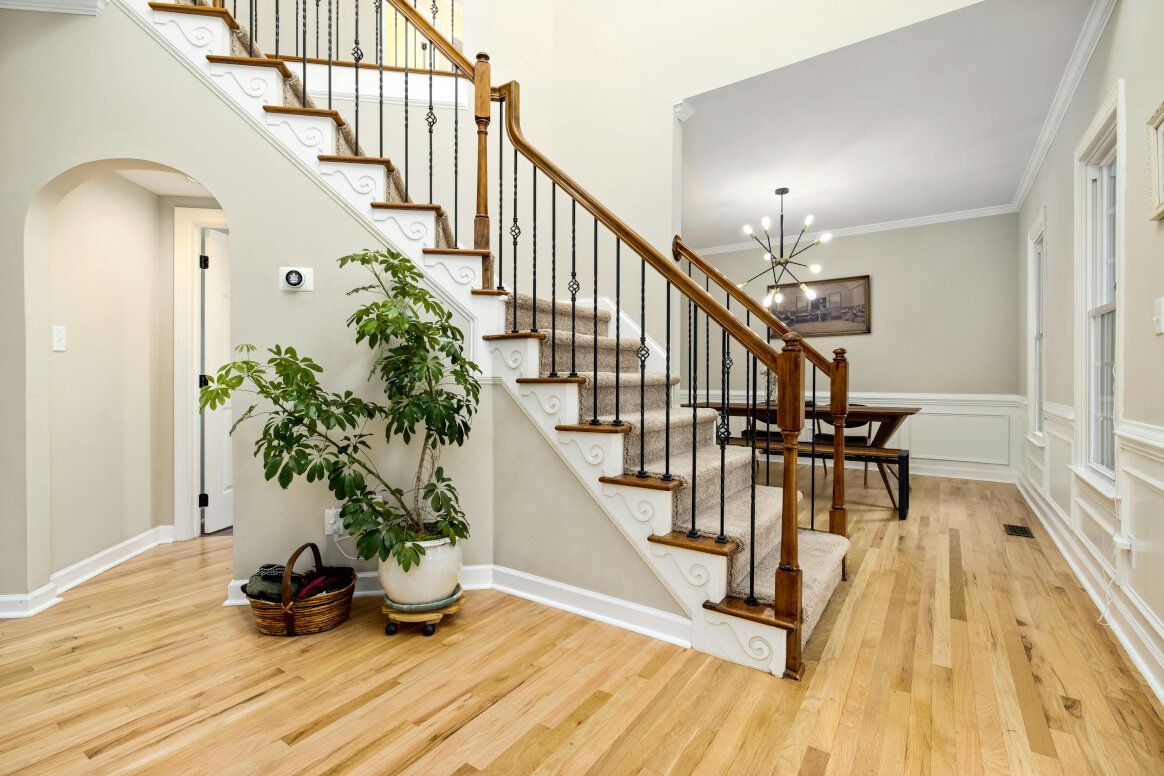
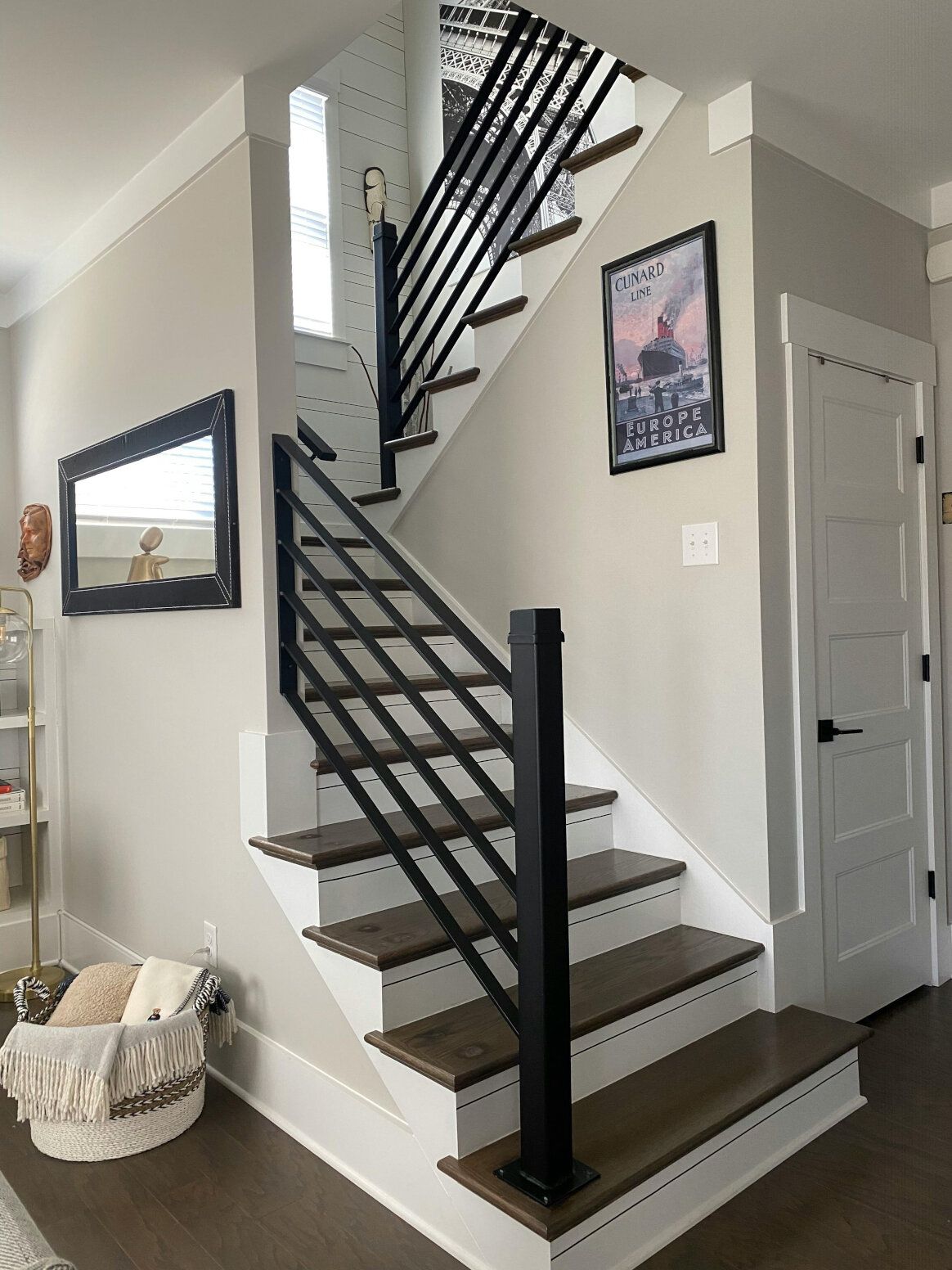
Our Staircase Painting Services in Swansea
Wooden Staircase Painting
We paint all wooden staircase components with durable coatings. Everything gets prepped, primed, and finished properly.
We can also decorate with wood painting on skirting and doors for a matching look.
In Swansea South there are 2,942 terraced homes (around 39.6% of houses). This means we regularly handle compact staircases where even coverage and edge detail really matter.
Bannister & Spindle Painting
Hand-painted handrails and spindles in wood or metal. We prep, prime, and apply hard-wearing topcoats. You get clean lines and a professional finish.
Hall, Stairs & Landing Package
Your staircase woodwork, hallway walls, landing walls, skirting, and architraves—all painted together. One coordinated job that ties your entrance area together.
Varnishing & Stain Finishing
Clear varnish or wood stain protects natural grain. Choose gloss, satin, or matt. Each finish is built to last and looks great for years.
Surface Preparation & Repairs
We strip old paint or varnish and sand everything smooth. Cracks get filled, loose spindles secured, and stain-blocking primers applied before any paint goes on.
Not sure which finish is right for your stairs? We'll walk you through the options when we visit.
Reviews From Swansea Customers
Ready to Refresh Your Staircase?
Get a free quote. No pressure, just honest advice on what your stairs need.
Call 01792949708 to get started.
Or fill in our quick form:
Surface Preparation & Repairs
Good preparation matters more than the paint itself. Most staircase problems come from skipping steps, not from bad materials. Here's what we tackle before any brush touches your stairs.
Built-Up Gloss & Old Varnish
Layers of old gloss go shiny but don't bond well. We strip or sand back to stable wood. The Ffynone and Uplands conservation area alone has around 75 listed buildings (about 12–15% of Swansea's total), with many late-Victorian staircases in pine or pitch pine that have 100+ years of varnish or gloss. We strip back to stable timber before rebuilding the system so fresh paint grips properly.
Dust & Mess Control
Sanding creates fine dust that travels. We seal doorways with plastic sheeting and use dust extraction where possible. At the end of each day, we vacuum dust, remove sheeting, and leave the space tidy. Your carpets and furniture stay clean while we work.
Gaps at Skirting & Strings
Older Swansea terraces often have small gaps where wood has shrunk. On period pine and pitch-pine stairs, seasonal movement can open 2–5 mm joints. We use flexible caulk (not rigid filler) so paint lines stay crack-free.
Loose or Wobbly Spindles
Spindles work loose over time. We tighten or re-secure them with wood glue or pins before painting. A firm spindle takes paint better and feels safer underfoot.
Chips, Dents & Nail Holes
Every mark gets filled and sanded smooth. We use fine-grade filler that won't crack or sink. The final surface feels seamless.
Adhesion Primers & Stain Blockers
Knots, water marks, and old stains bleed through fresh paint. Homes within around 2 miles of Swansea Bay see higher indoor humidity.
North-facing stairwells often show water marks that bleed without proper stain-blocking primers. We apply these on problem areas so your topcoat stays clean and even.
Sanding Between Coats
We lightly sand after each coat dries. This removes any nibs or dust and gives the next layer something to grip. The finish feels smooth, not lumpy.
Proper repairs and preparation take time, but they're what separate a tidy six-month job from a finish that still looks sharp in five years.
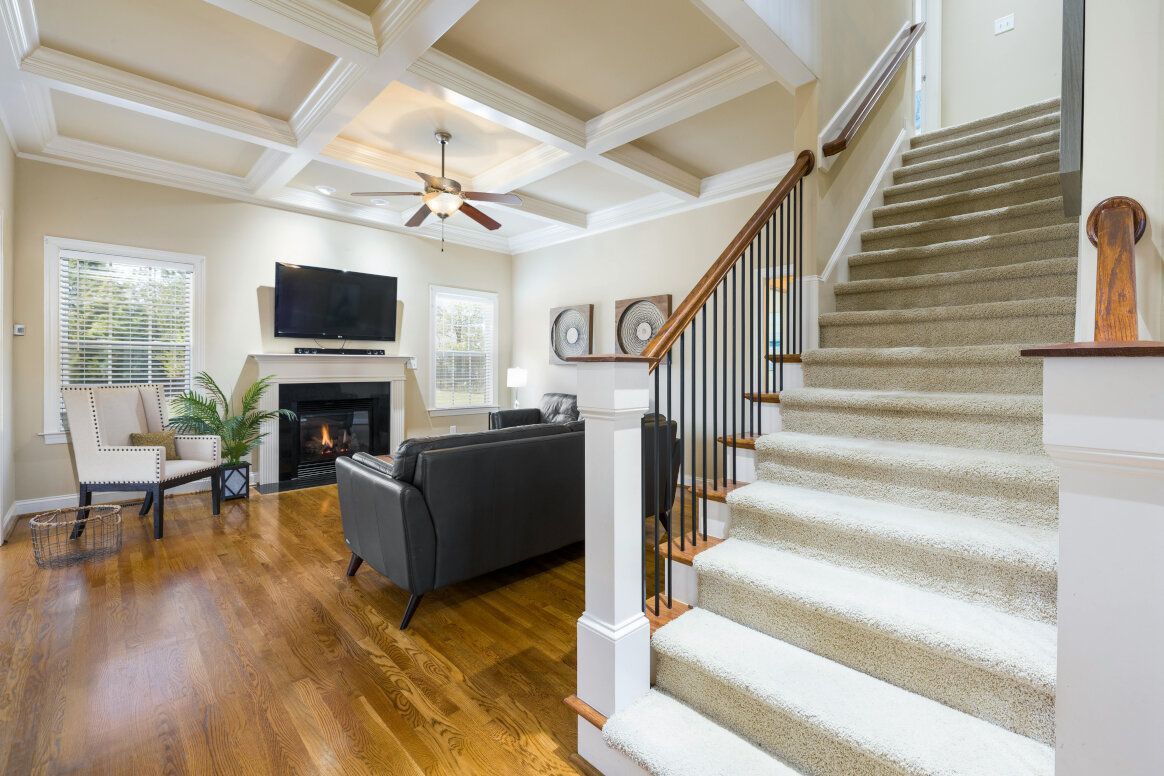
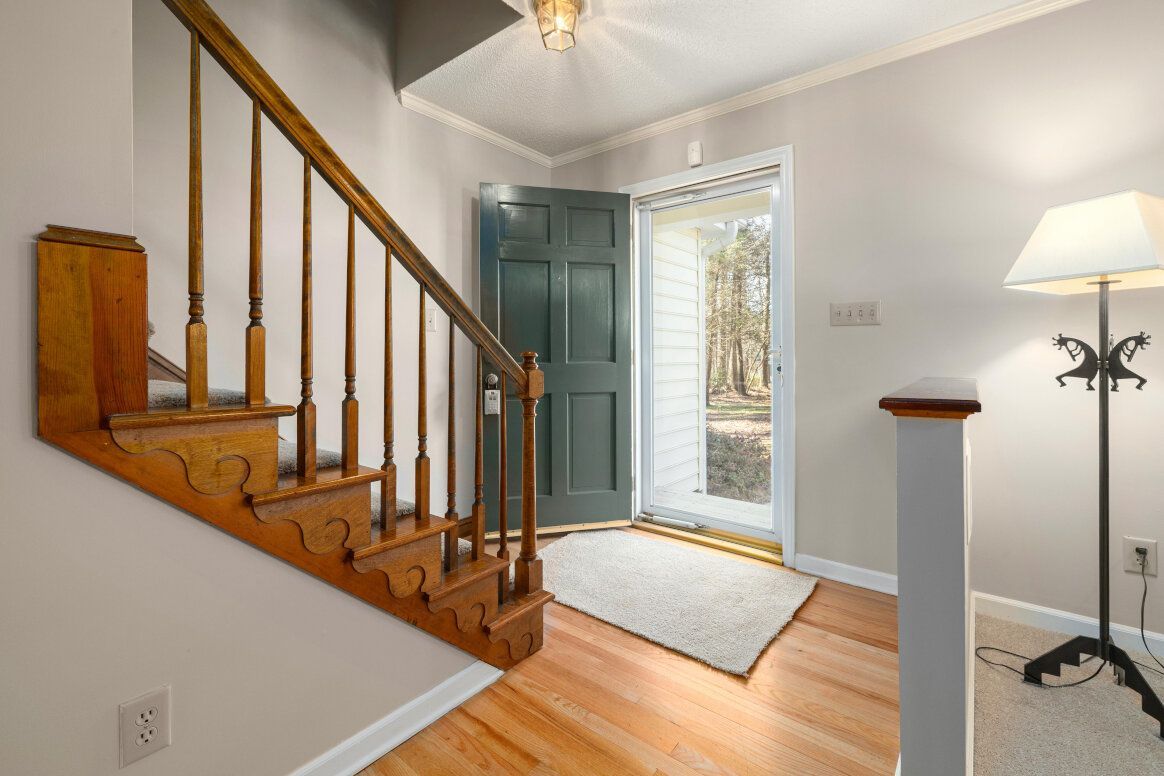
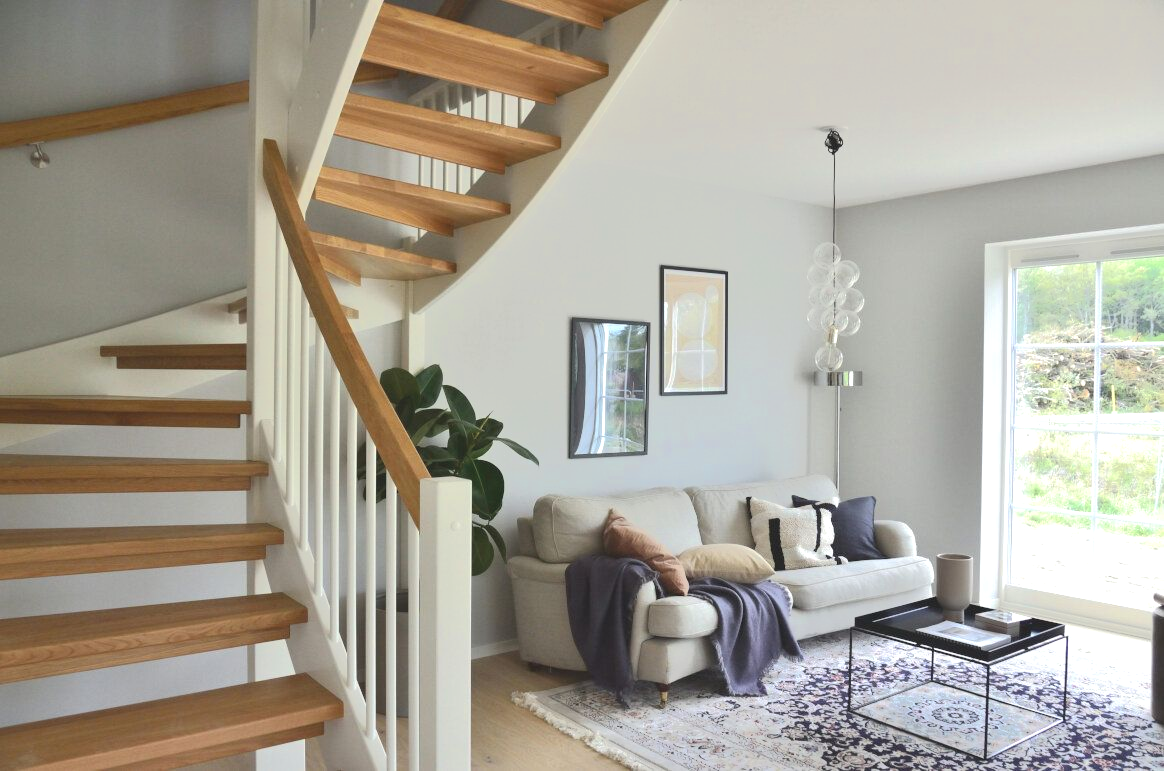
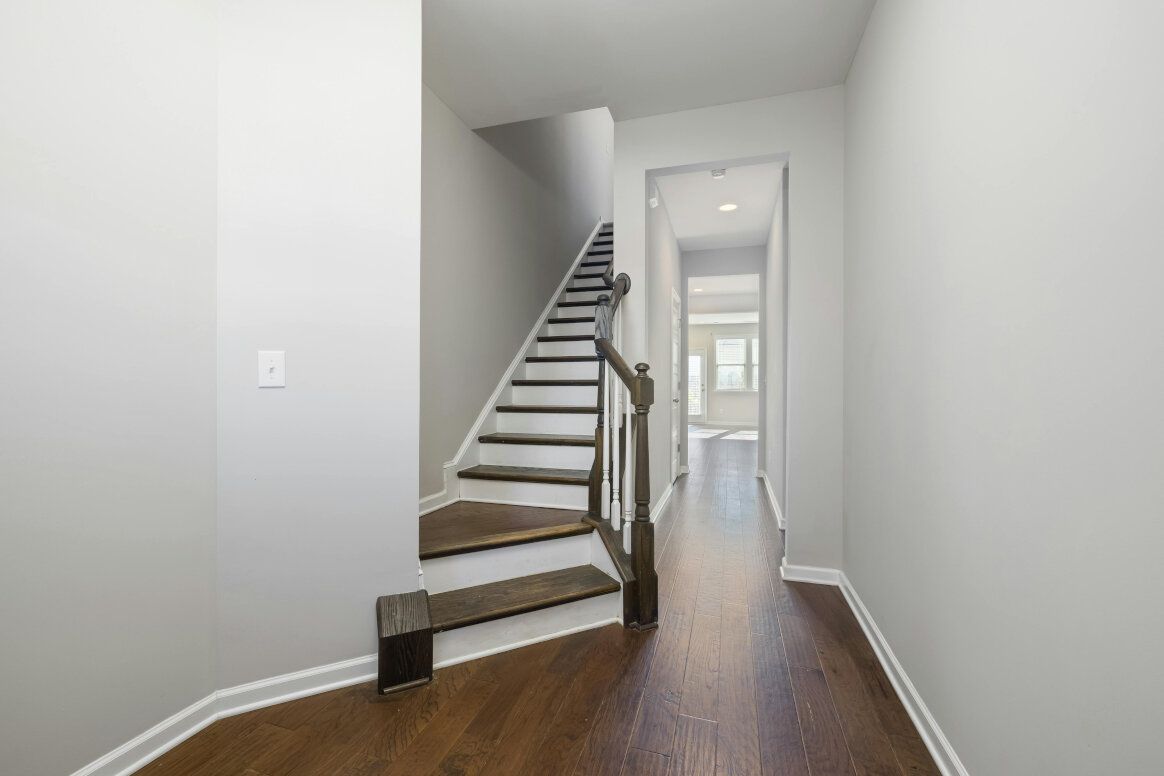
Paint or Varnish? Choosing the Right Finish
The choice between paint and varnish depends on three things: your wood condition, how much foot traffic you get, and the look you want.
Paint works well when:
- Your stairs have dents, scratches, or repairs that need covering
- You want a specific colour to match your home
- You prefer a clean, modern finish
Varnish or stain works well when:
- You want to show off natural wood grain
- Your stairs get heavy use—wear fades gradually instead of chipping
- You're happy with the wood colour and just need protection
The same varnish and stain finishes also look great on doors and frames, for a matching style throughout your home.
The Hybrid Approach
Many Swansea homeowners choose both. Painted risers, strings, and spindles give you colour.
Stained or varnished treads give you toughness where feet land every day. This mix works really well in narrow Victorian terraces—painted risers and strings lift light in tight halls, while varnished treads take the brunt of daily use. You get character on the stairs and durability underfoot.
Choosing Your Sheen
Sheen matters too. Satin is the most popular protective finish for stairs. It has some shine without glare and wipes clean easily. Gloss suits traditional homes but shows every fingerprint.
Matt looks modern and gives better slip resistance, though it's harder to keep spotless.
We'll walk you through what works best for your staircase, your household traffic, and the style you're after.
Call 01792949708 today for honest advice and transparent pricing.
Prefer us to get back to you?
Fill in our easy form:
Our Staircase Painting Process
Here's how the staircase painting process works from start to finish. We keep it straightforward so you know what to expect at every stage.
1. Free Quote & Site Visit
We visit your home to measure, check the staircase condition, and discuss finishes. You'll have a written quote within 24 hours. No pressure, no obligation.
2. Scheduling Around You
We agree dates that suit your household. With around 25,000 Swansea residents now working from home, we plan around video calls and quiet hours. If you have young children, we work around school runs too. Flexibility matters.
3. Protection & Access Setup
We sheet floors, mask skirting edges, and set up proper ladders or work platforms for tall stairwells. Period stairwells here often reach 4–5 m, so we plan tower scaffolds or extended platforms for safe access to strings, spindles and ceiling lines. Everything's secure before we start.
4. Painting & Daily Tidy
We work methodically—prep, prime, undercoat, topcoat. We use the "alternate step" method so you can still get upstairs safely. We paint every other step first, let them cure, then paint the remaining steps. This means you always have access between floors while we work.
At the end of each day, we tidy up and leave the space clean.
5. Final Inspection & Handover
We walk you through the finished work. You get care advice for the new finish and our number if anything needs a quick touch-up.
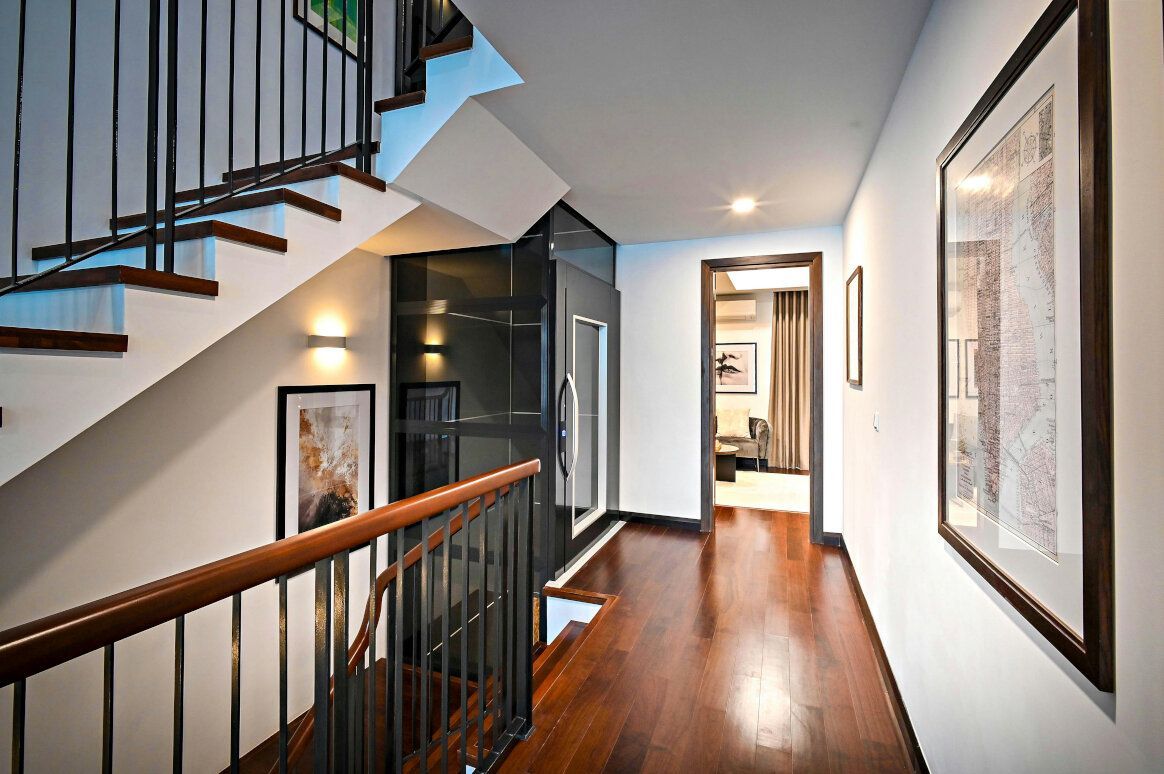

Why Homeowners Choose Daffodil Decor
Fully Insured Painters
All work carried out by fully insured local decorators.
Transparent Quotes
You get a clear written quote before we start. All paints, primers, fillers, and materials are included. No hidden extras, no surprises halfway through.
Local Terrace Experience
We've worked in dozens of Swansea terraces and know the quirks—tall stairwells, awkward access, and compact layouts.
Frequently Asked Questions About Staircase Painting
How long does staircase painting take?
A standard 13-step wooden staircase takes three to five days to paint properly.
Day one covers preparation, sanding, and repairs.
Day two includes priming and first coats.
Days three to five involve additional coats and drying time.
The timeline depends on how much old paint needs stripping and whether we're painting just the staircase or including hallway and landing walls.
How long before I can walk on painted stairs normally?
Stairs are touch-dry in 1-2 hours. You can walk carefully on them after 24 hours wearing socks or soft shoes.
For normal daily use with shoes, wait 48-72 hours minimum.
Full cure takes 3-5 days. After that, the paint reaches maximum hardness.
We'll advise you on exact timings based on the products we use.
What type of paint do you use on stairs?
We use hard-wearing floor paint designed for high-traffic areas, not standard wall paint.
Stair treads need tougher paint that resists scuffs, scratches, and daily foot traffic. For risers and spindles, we use satinwood or eggshell.
Treads get specialist floor paint in satin or semi-gloss for durability and easier cleaning. We'll recommend the right specification based on how busy your household is.
Will there be strong paint odours during the work?
We use low-VOC paints wherever possible to minimise smell. Modern water-based floor paints have far less odour than older solvent-based products.
The smell is usually mild and fades within 24-48 hours with normal ventilation.
If you're particularly sensitive to paint smell, mention it when we quote. We can recommend virtually odourless options.
How much does staircase painting cost in Swansea?
Every staircase is different. The cost depends on the size of your staircase, the condition of the wood, and what needs doing.
We offer affordable quotes and prefer to speak with you first. Once we've seen your staircase, we'll give you a clear written price with everything included.
Call 01792949708 or fill in our contact form for a free quote.
Do you paint metal spindles as well as wooden ones?
Yes. If your spindles are metal rather than wood, we prepare and prime them appropriately before painting. For cast or wrought iron spindles common in larger Victorian houses, we use metal-specific primers to prevent rust bleed-through before topcoats.
We hand-paint all spindles—whether wood or metal—for clean, crisp lines.
Some customers choose to have just the bannister and spindles painted separately. We can quote for that as a standalone job.

